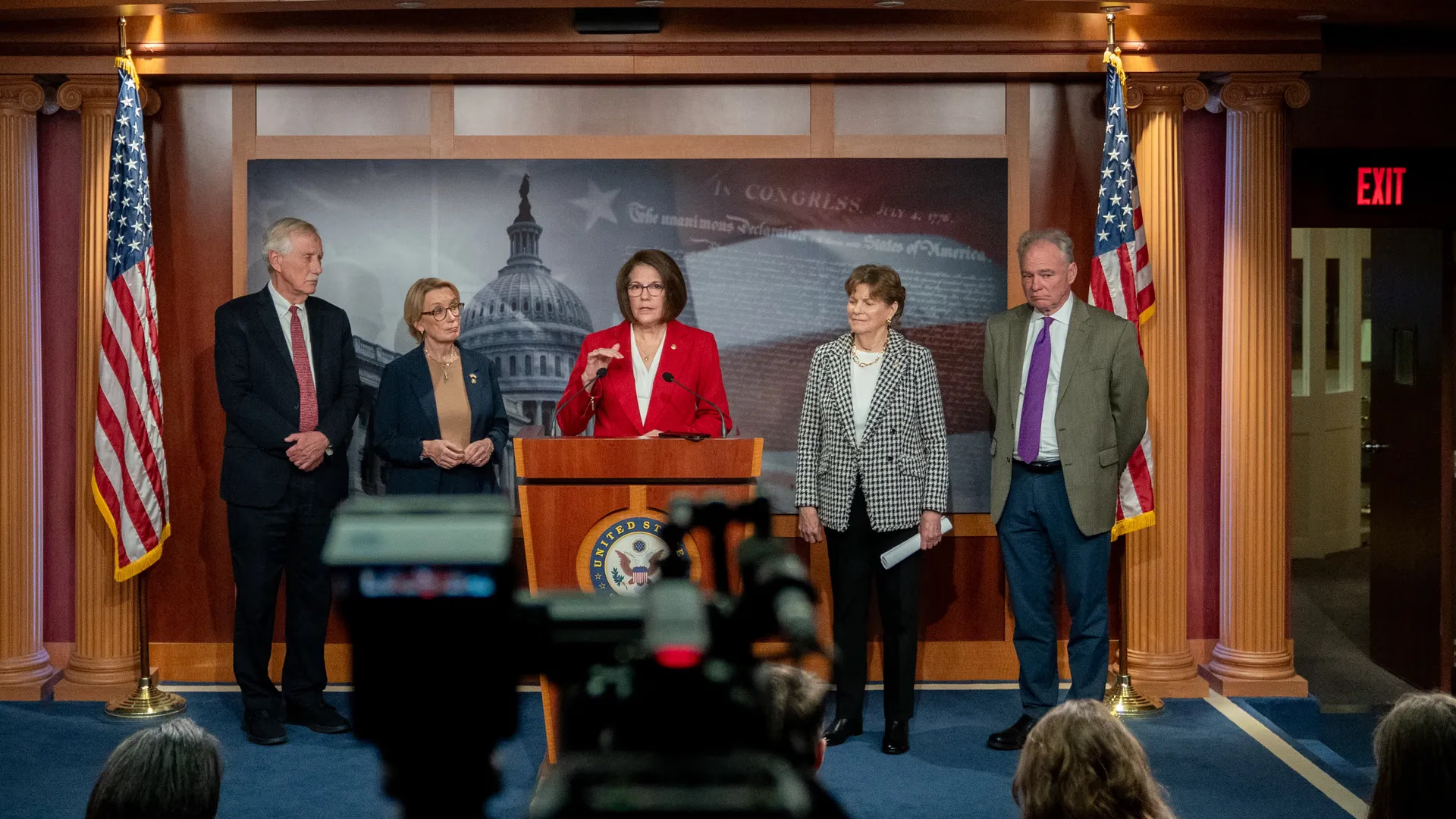The US government shutdown, now in its 42nd day, is directly affecting air travel. The Federal Aviation Administration (FAA) has been forced to reduce the number of flights at 40 airports nationwide to maintain safety amid staff shortages and delayed paychecks. As a result, cancellations and delays have surged to several thousand a day, and air traffic controllers—many of whom have been working without pay for two weeks—warn of a growing crisis in the civil aviation system.
On Tuesday, November 11, flight reductions in the US reached 6 percent, while the number of cancellations and delays continued to climb since early morning. According to FlightAware, by that time 745 flights had been delayed and 1,180 canceled. The data does not specify which disruptions were caused by the FAA’s decision to limit departures and which stemmed from technical or weather-related factors.
On Saturday, November 8, 1,566 flights were canceled, and on Sunday—2,953. The number of delays over the weekend rose from 7,545 to 10,978 as senators tried to reach a compromise on a temporary budget that would reopen the government.
Last week, the FAA announced reductions in flight volume at 40 airports, citing the need to ensure passenger and staff safety amid ongoing funding suspension and staff shortages. The agency expects the scale of reductions to increase to 8 percent on Thursday morning and 10 percent on Friday.
Air traffic controllers have now missed their paychecks for the second time in a row, yet many continue to work overtime. The staffing shortage that existed even before the shutdown has worsened due to resignations and sick leaves, causing widespread disruptions in the nation’s air traffic system.
The hardest hit was New York’s John F. Kennedy International Airport, which recorded 55 delays and 52 cancellations. It was followed by Hartsfield-Jackson Airport in Atlanta (18 delays, 28 cancellations) and Logan International Airport in Boston (23 delays, 17 cancellations).

Democrats Drop a Key Demand in the Prolonged Shutdown
The Compromise with the White House Only Temporarily Restores Government Funding

Senate Approves Government Funding, Taking the First Step Toward Ending the Shutdown
The Outcome Now Depends on the House Vote and Trump’s Signature
The situation is unfolding amid a 42-day government shutdown that may soon be nearing its end: the Senate has approved a temporary funding bill, which has now been sent to the House of Representatives. However, Transportation Secretary Sean Duffy warned that flight restrictions will remain in place until the FAA restores normal staffing levels.
On Monday, November 10, President Trump urged air traffic controllers to “return to work immediately” and promised $10,000 bonuses for those who remained on duty, warning that those who refused to take their shifts would not receive them.
